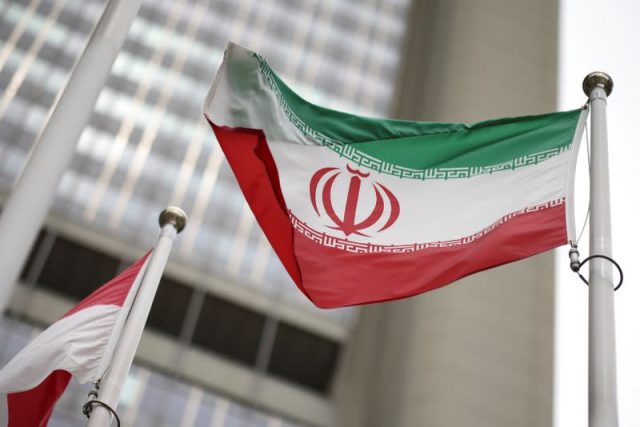independent.ie– Iran and the UN’s nuclear watchdog agreed yesterday to a one-month extension to a deal on surveillance cameras at Tehran’s atomic sites .
The last-minute discussions, including the International Atomic Energy Agency (IAEA) pushing back a statement planned for Sunday, further underscored the narrowing window for the US and others to reach terms with Iran as it presses a tough stance with the international community over its atomic program.
The Islamic Republic is already enriching and stockpiling uranium at levels far beyond those allowed by its 2015 nuclear deal.
Speaking at a news conference yesterday in Vienna, IAEA director general Rafael Mariano Grossi told journalists that came after a discussion with Ali Akbar Salehi, the head of Iran’s civilian nuclear program.
He acknowledged that challenges remain, however, as the agency still can’t access images taken by its cameras.
“I’d want to stress this is not ideal,” Mr Grossi said.
“This is like an emergency device that we came up with in order for us to continue having these monitoring activities.”
Kazem Gharibabadi, Iran’s representative to the IAEA, acknowledged the deal at the same time on Twitter.
He said Tehran’s civilian nuclear agency, the Atomic Energy Organization of Iran, would keep the material already recorded by the IAEA cameras.
“We recommend the negotiating countries to seize the extra opportunity provided by Iran in good faith for the complete lifting of sanctions in a practical and verifiable manner,” Mr Gharibabadi wrote.
Under a confidential agreement called an ‘Additional Protocol’ with Iran, the IAEA collects and analyzes images from a series of surveillance cameras installed at Iranian nuclear sites.
Those cameras helped it monitor Tehran’s program to see if it is complying with the nuclear deal.
Iran’s hard-line parliament in December approved a bill that would suspend part of UN inspections of its nuclear facilities if European signatories did not provide relief from oil and banking sanctions by February.
The IAEA then struck a three-month deal with Iran in February to have it hold the surveillance images, with Tehran threatening to delete them afterward if no deal had been reached.
Iran since has broken all the deal’s limits after then-president Donald Trump in 2018 unilaterally withdrew America from the accord.
Ali Akbar Salehi, the head of Iran’s civilian program, said yesterday that Tehran had stockpiled 5 tons of uranium enriched up to 5pc purity, 90kg enriched up to 20pc and 2.5kg up to 60pc.
That is still below weapons-
grade levels of 90pc purity.
Iran long has maintained its nuclear program is for peaceful purposes.
The west fears it could be used to help Tehran potentially obtain an atomic bomb, though US intelligence agencies say they “assess that Iran is not currently undertaking the key nuclear weapons-development activities… necessary to produce a nuclear device.”
Negotiations continue to see if both the US and Iran can re-enter the deal, which limited Tehran’s enrichment of uranium in exchange for the lifting of economic sanctions. Iran and the US aren’t directly negotiating, however.
Mikhail Ulyanov, Russia’s ambassador to the IAEA, called yesterday’s agreement “commendable.”







